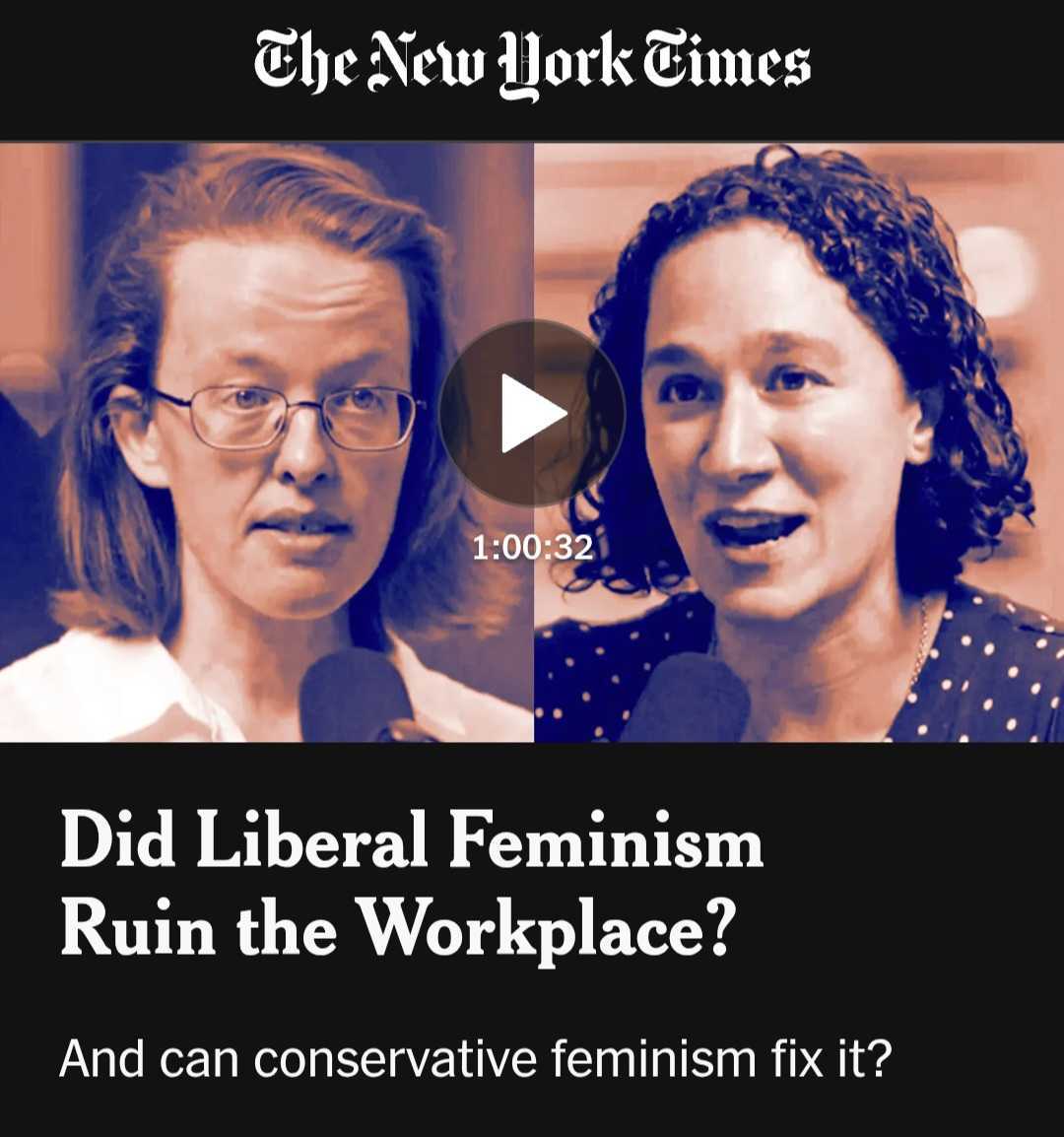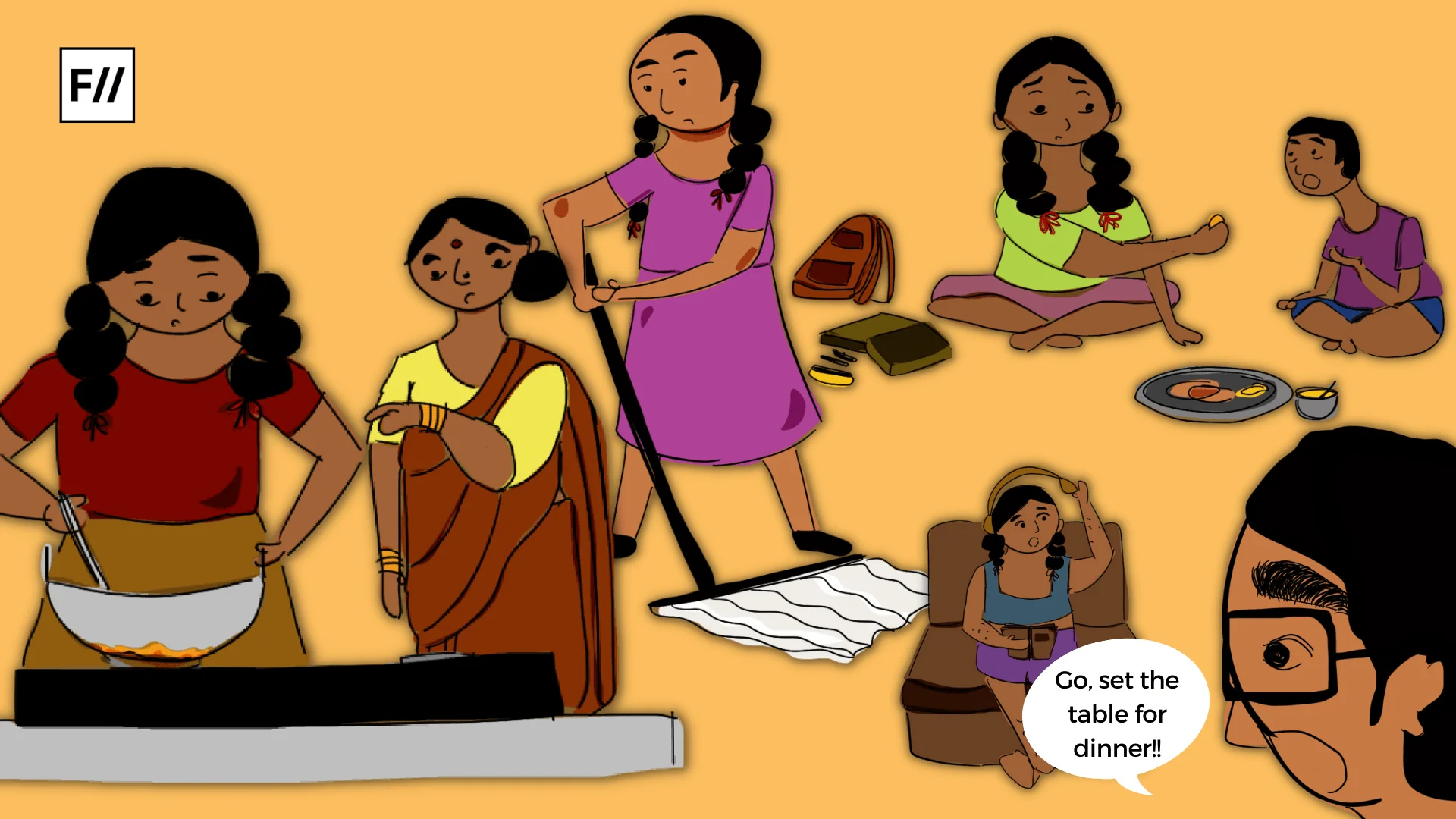The status of women within a society reflects its position in the progressive development path. The better the status of the women, the better the economic and human development of any country. Given the gender disparities existing in the Indian context, we are clearly heading nowhere in building an egalitarian society. Even after 75 years of independence, women continue to face widespread social, cultural and economic discrimination within the family, so in the wider social sphere. Needless to say that bias against women not only effects the economic growth; it is the root of all evils against women.
Unequal treatment uprooting from the gender based discrimination deprive women of education, employment, decision making authority, and also access to healthcare, which altogether leads to confined roles for women. It is said that the gender-centric notion that household work is only a woman’s work, does not only impact women’s participation in the labour market (supply side) but also labour recruitment decisions (demand side). cultural conservatism, preference of male children over female children, practice of dowry, which are all institutions of the patriarchal order promotes subordination of women in the society.
Also read: Women’s Representation In India: Reservations And Beyond
Women’s Education And Participation In The Economy
Being deprived of equal opportunities for decades, it is through education true women empowerment can be achieved. As per the 2018-19 economic survey, the male literacy rate was thriving at 84.7%, while women literacy rate stood at 70.3% with a striking difference of 14.4%. At national level the drop out rate of girls is more than 15%. Early dropout of girl students from schools, lack of access to schools, child marriages are few reasons behind this slow pace of female literacy rate. COVID-19 pandemic has worsened the situation with more girl students being left out of schools during lockdown. Around 898 child marriages were stopped and many child marriages were under reported in the lockdown period. Low female literacy rate will have adverse impact on education and health care of children.
Apparently, the same gender gap exists between men and women who are willing to work, with female labour force rate at 12.24%, while the male labour force is at 38.73%. A similar trend is followed in terms of employment with a sharp contrast of 15.24%, with women employees at a low rate of 11.7%. COVID-19 pandemic has resulted in 47% women losing their jobs permanently, while only 19% were retained in employment.
Apparently, the same gender gap exists between men and women who are willing to work, with female labour force rate at 12.24%, while the male labour force is at 38.73%. A similar trend is followed in terms of employment with a sharp contrast of 15.24%, with women employees at a low rate of 11.7%. COVID-19 pandemic has resulted in 47% women losing their jobs permanently, while only 19% were retained in employment.
Social and household environments not being conducive to enable women’s participation in the workforce, lack of individual autonomy, inadequate resources for training and skill development, lesser job opportunities, sexual harassment at work places, double burden of household responsibilities are contributing to steeping female employment rate. In an era of globalization, no country can develop and achieve it’s full potential if half its population is locked in non-remunerative, less productive activities, and given the wider gender gap in India, UN’s SDG-5 of achieving gender equality by 2030 remains beyond our reach.
Widening Gender Pay Gap
It is again a grey area when it comes to the aspect of payment of remuneration among the working population. Men and women should be entitled to same remuneration for work of equal value. This concept of ‘equal pay for equal work’ has evolved during World War-ll, when women took the forefront in production in many countries, while men were serving in the war. It was later recognised as a human right and accordingly, the Equal Remuneration Convention of 1951 was brought into effect to give legal basis for the right.
The Indian Constitution in its Directive Principles of State Policy incorporated the principle of ‘Equal Pay for Equal Work’ for both men and women, and ‘Right to Work’ through Article 39(d) and 41. Code on Wages, which subsumes earlier legislations, prohibits gender discrimination in matters related to wages and recruitment of employees for the same work or work of similar nature. However, the code, which has not come into force seeks to provide protection to employees of largely formal sector. There is widespread labour exploitation of women workers in the informal employment sector, which employs majority of the women. It is to be noted here gender pay gap is not confined to same level of employment, but on an average a woman’s earnings in comparison to men.
When it comes to informal sector, women have no protection of labour laws in India. As a result women are more prone to extreme poverty in than men in India.
Women are entitled to remuneration even during pregnancy under the Maternity Benefit Act, but there is less likely that women get paid during pregnancy, and most of the women lose their jobs after attaining motherhood.
Lack of legal protection in informal sector and the areas which women are employed are relatively less valued, leading to lower incomes of women. Pandemic has left an adverse impact on the issue with most of the women losing their jobs with the fall in the demand of production of many enterprises and demand for the labour.
Women are entitled to remuneration even during pregnancy under the Maternity Benefit Act, but there is less likely that women get paid during pregnancy, and most of the women lose their jobs after attaining motherhood.
Lack of legal protection in informal sector and the areas which women are employed are relatively less valued, leading to lower incomes of women. Pandemic has left an adverse impact on the issue with most of the women losing their jobs with the fall in the demand of production of many enterprises and demand for the labour.
Also read: What Is Gender Equity And How Is It Different From Gender Equality
Inadequate Representation In Legislatures
It is through equal participation and representation of women in legislatures, women empowerment can be attained. The provision for reservation of women in Panchayat Raj was made possible through article 243D(3) of the Constitution through 1993 amendment, wherein it is mandated that all states had to provide reservation for women of not less than one-third seats in panchayats. Accordingly, 20 states are adhering to 50% reservation for women in elections to Panchayati Raj institutions.
However, there is wide disparity in representation of women in state legislatures and in the Parliament. In 2020 rankings of the percentage of women in Parliament, India stood at 142 among 193 nations. Only 14.4% of the total strength of MPs are women representatives to the Parliament. The lack of adequate women representation is a major set back in framing laws relating to women. Attempts were made to provide reservation in legislatures through a women’s reservation bill, but it is very uncertain as to when the bill is likely to see the light of the day.
According to the developmental parameters furnished in the Human Development Report, India ranks 123 in Gender Inequality Index. The same report shows similar trend in Gender Development Index which categorised India into the low-equality group in Human Development Index (HDI) achievements between men and women.
Gender-based discrimination is embedded in the social fabric of our society, the state through legal devices could supplement only to some extent, but reforms at the institutional levels could be the driving factors to bring a paradigm shift in patriarchal norms.
References
1.SDG 8: Decent work and economic growth – A gendered analysis, Shirin M. Rai a, Benjamin D. Brown b, Kanchana N. Ruwanpura.c
2.The Unified District Information System for Education Plus 2019-’20 report
J. Chandra Lekha Devi, a Hyderabad-based lawyer and writer, is an erudite in various subjects ranging from Political Theory to Constitutional law and Human rights. As a social analyst, she is more inclined towards feminist ideology, which according to her is not just advocating about women rights but bringing a paradigm shift in ending all forms of discrimination in the society at large. She has also been associated with various voluntary groups working for climate change and environmental causes. She has authored several papers, which are published in the leading legal journals. You can find her on Instagram.
Featured Image Source: India Tv News





Women have all the privileges in society. When a ship is sinking, women have lifeboats reserved for them, women are saved first in hostage situations, women are rescued first from burning buildings, women get to spend men’s earnings, women are preferred in divorce courts, women are handed child custody in the majority of cases, women get less jail time for the same crimes committed by men, innocent men rot in jail in false cases, society laughs at male victims of domestic violence, no shelters for male victims of domestic violence, media does not cover men’s issues, news reporters announce deaths of ‘women’ and children, no one cares about men’s deaths, majority of war deaths are of men (97%), majority of workplace deaths are of men (93%), majority of homicide victims are men (77%), majority of suicides are of men (70%), majority of homeless are men (67%), most dangerous jobs are worked by men, more men die from prostate cancer than women from breast cancer yet no awareness for prostate cancer, majority of funding is spent on women’s health, less deserving women get hired over more deserving men if they are pretty, households are controlled by mothers-in-law, girls are treated better than boys in schools and colleges, seats in buses and metros are reserved for women, men’s life savings are spent in alimony and child support payments, even in two income families men bear the monetary burden, men face mandatory conscription, men are victims of paternity fraud, women receive the same social standing as their husband overnight after marriage, a jobless man is a loser but a jobless woman is a homemaker, men suffer from hypertension due to work related issues, men have shorter life expectancy, men work longer and die younger, men are reduced to disposable ATMs.
Dowry is wrong and so is women and their parents shamelessly searching for a rich groom, asking for a six-figure salary or a govt. job, asking about his house and car, taking expensive jewellery, then when things don’t work out after marriage filing a false case of dowry and taking half of a man’s property, alimony, and child support.
If a boss can get away with paying a woman less than a man for the same amount of work as so often claimed, why doesn’t everyone just hire women and save money? Gender wage gap is a myth. Women work less hours, take more time off work, take easier courses in college, take up professions such as teaching and nursing and then compare their pay with men in law and engineering.